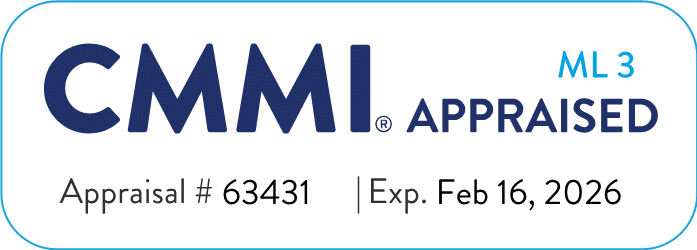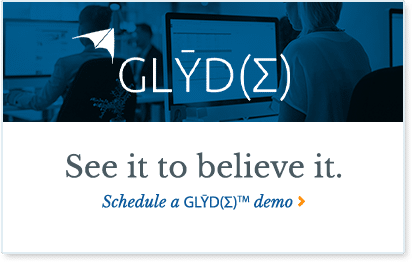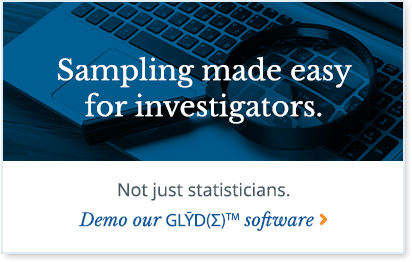Technology doesn’t have to be complicated. IntegrityM CTO Swathi Young’s #TechTalk series is designed to provide quick, digestible explanations of the latest trends in healthcare technology and innovation so that you can stay ahead of the game before you finish your morning coffee.
The Agile Manifesto came into existence during the turn of the twenty-first century. Since then, businesses from all industries have adopted Agile values and practices and expanded them across entire organizations. Agile has helped organizations adopt digital solutions with increased flexibility, efficiency, and faster decision-making.
First, what is Agile?
The Agile Methodology is a project management approach. Unlike traditional waterfall methodology, Agile focuses on high-priority tasks every sprint so that the business gets value every two weeks instead of waiting for months.
Why Use It?
Though its iterative nature represents a major shift in perspective from traditional project management, Agile offers its adopters major potential ROI. After a former team of mine made the switch, they saw an astounding 300 percent increase in both productivity and cost savings. Why? Put simply, the pivot to Agile gave them three major advantages:
- Highly focused goal setting in short time intervals of 2 weeks
- Quick communication with the business users and engineering teams
- Team cohesion when working on priorities for the specific sprint
Highly Focused Goal Setting
Requirements are ever-changing, so an Agile approach deters clients and stakeholders from frontloading all features. Instead, it permits stakeholders to break down value items into time blocks. In this way, clients have more flexibility to analyze and shift priorities, especially if concerns emerge from market volatility. It actually helps clients laser-focus on high value deliverables versus going after ‘nice-to-haves.’
Quick Communication
Another major benefit of the Agile approach is that it can be a great way to communicate updates with busy executives without the necessity for heavy and inflexible documentation. Most business leaders simply do not have the time to sit through dense PowerPoint decks or recap entire fiscal quarters. Regular bi-weekly sprint reviews help with the forward momentum of the project along with reviewing the deliverables quickly.
Team Cohesion
The C-Suite isn’t the only group to benefit from the Agile approach.
Agile’s iterative nature creates a culture of adaptability and a ‘can do’ attitude across teams. The Agile Manifesto describes this principle as ‘responding to change over following a plan.’ In a recent PMI white paper, over 70 percent of participants (including those implementing an Agile approach for organization-wide, department-wide, or project-based instances) agree, “Agile is a mindset, set of values.” An Agile approach gives client teams the responsibility and flexibility to decipher what value-driven deliverables will be, so that internal (or production) teams not only adjust to change but learn to embrace it on-the-fly.
How to Learn More:
Interested in exploring more about Agile methodology? Browse through the below resources to get started, or ping me at syoung@integritym.com.











